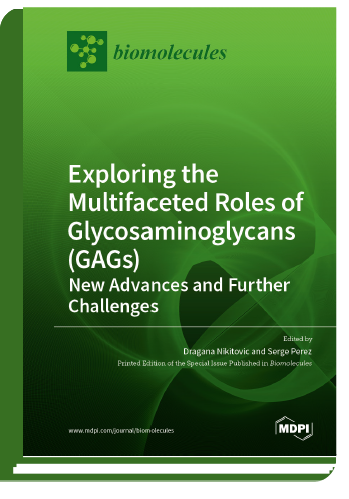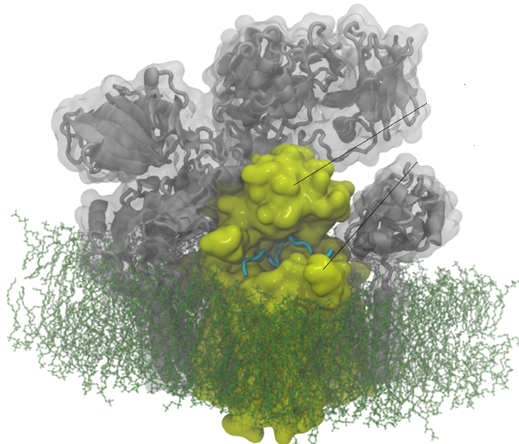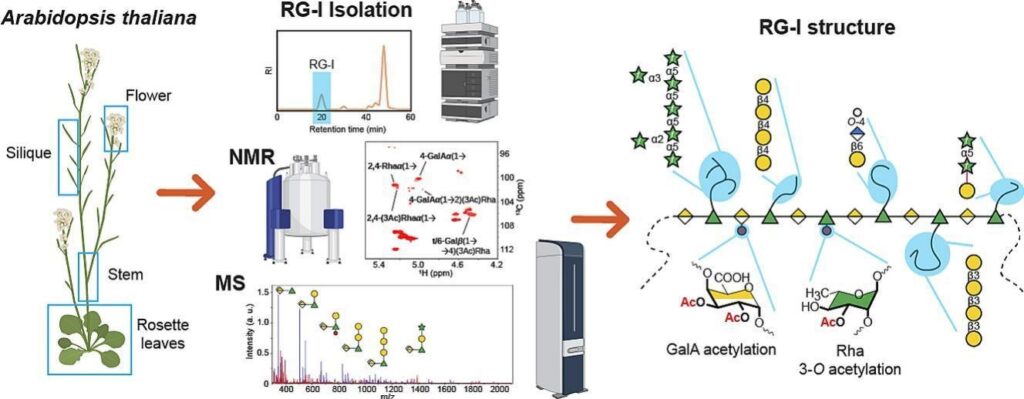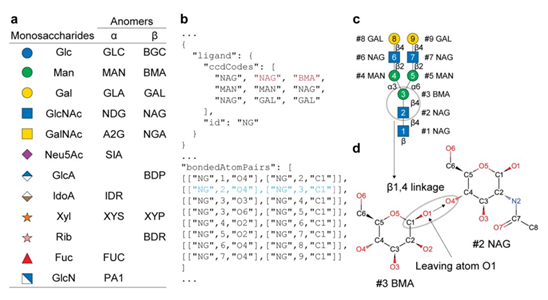Glycosaminoglycans are linear, anionic polysaccharides (GAGs) consisting of repeating disaccharides. GAGs are ubiquitously localized throughout the extracellular matrix (ECM) and to the cell membranes of cells in all tissues. They are either conjugated to protein cores in the form of proteoglycans, e.g., chondroitin/dermatan sulfate (CS/DS), heparin/heparan sulfate (Hep/HS) and keratan sulfate (KS), as well as non-sulfated hyaluronan (HA). By modulating biological signalling, GAGs participate in regulating homeostasis and participate in disease progression.

The book, “Exploring the multifaceted roles of glycosaminoglycans (GAGs)—new advances and further challenges”, features original research and review articles. These articles cover several GAG-related timely topics in structural biology and imaging; morphogenesis, cancer, other disease therapy and drug developments; tissue engineering; and metabolic engineering. This book also includes an article illustrating how metabolic engineering can create the novel chondroitin-like polysaccharide. A prerequisite for communicating in any discipline and across disciplines is familiarity with the appropriate terminology. Several nomenclature rules exist in the field of biochemistry. The historical description of GAGs follows IUPAC and IUB nomenclature. New structural depictions such as the structural nomenclature for glycan and their translation into machine-readable formats have opened the route for cross-references with popular bioinformatics resources and further connections with other exciting.




